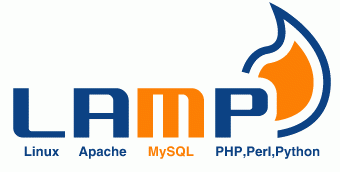LAMP is an acronym that stands for The operating system on which the server runs. Linux provides the foundation for the LAMP stack
To install a LAMP (Linux, Apache, MySQL, PHP) server on a Linux system, follow these general steps. These instructions assume you're using a Debian-based distribution like Ubuntu:
Update Your Package Lists: Before installing any new packages, it's always a good idea to update your system's package lists to ensure you're getting the latest versions.
sudo apt updateInstall Apache: Apache is the web server software that will serve your web pages.
sudo apt install apache2Install MySQL (or MariaDB): MySQL is the database server. In recent versions of Ubuntu, MySQL has been replaced with MariaDB, a fork of MySQL. You can install either.
For MySQL:
sudo apt install mysql-serverFor MariaDB:
sudo apt install mariadb-serverDuring the installation process, you'll be prompted to set a root password for the database. Make sure to choose a strong password.
Install PHP: PHP is the server-side scripting language that will process your dynamic content.
sudo apt install php libapache2-mod-php php-mysqlConfigure Apache to Use PHP: Apache needs to be configured to recognize and process PHP files.
sudo nano /etc/apache2/mods-enabled/dir.confThen move index.php to the first position, so it looks like this:
Restart Apache: After making changes to Apache's configuration, it's necessary to restart the service for the changes to take effect.
sudo systemctl restart apache2Test Your LAMP Stack: To check if everything is working correctly, create a PHP file in Apache's web root directory and access it through a web browser.
echo "<?php phpinfo(); ?>" | sudo tee /var/www/html/info.php
Then, navigate to http://your_server_ip/info.php in your web browser. You should see a page with PHP information.
That's it! You now have a LAMP server set up on your Linux machine. You can start building and hosting your websites or web applications.


Comments